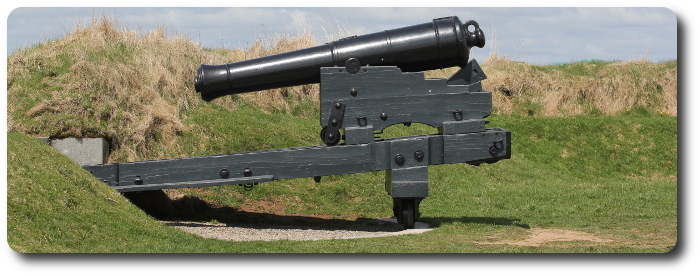Topic: Militaria

Gunnery (1855)
From: Field Service; The Sydney Morning Herald, Sydney, Australia, 11 May 1855
(From the Household Words)
The management of battering trains requires great energy, patience, and attention from the artillery officer. First, he had to consider the quantity of ordnance—six guns being used to every four howitzers or mortars, besides allowing for spare guns; then, the ammunition; and next, the means of transport. With regard to the ammunition, it is stated that at the siege of Ciudad Rodrigo, in six days, eighteen hundred and twenty-five barrels of powder were expended; at Badajoz, in eight days, two thousand two hundred and seventy-one barrels; and at the two sieges of Saint Sebastien, five thousand and twenty-one barrels. As to shot, the average per gun may be (this is speaking roughly) about five hundred; and of shells, one hundred and twenty; but the general conclusion from former sieges is that a breach, one hundred feet wide, can be made by the expenditure of ten thousand six hundred twenty-four-pounder shot, at five hundred yards distance. With a commanding position, much less will suffice.
Upon enquiring into the execution done, we find, from elaborate experiments tried in eighteen hundred and thirty-four at the great artillery school at Metz, a thirty-six pounder, with only one-third charge, at one thousand yards, penetrated twelve inches into good rubble masonry, thirty-one inches into sound oak, and nearly six feet into a mass of earth, sand, and clay. An eight-inch shell penetrates twenty-three feet into compact earth. One thirteen-inch iron mortar, at an angle of forty-five degrees, with a charge of twenty-five pounds, ranged four thousand eight hundred and fifty yards. Weak powder is sensibly improved by heating it, with proper care. Exposure to the sun is useful.
Double shotting, which is chiefly practised in the navy, may be safely tried at short distance with heavy guns. It would seem easy to sink a ship by hitting her below water; but the fact is, the resistance of the water is so great, that a shot can hardly penetrate it; and the only way to damage the ship, would be to catch her as she heels over. Steamers, with their machinery below the water-line are as safe as sailing vessels; even many holes in the funnels are of slight consequence.
The smooth bored percussion musket will fire sixty rounds in thirty minutes, and carry two hundred yards. The carbines used by the artillery and cavalry carry one hundred and fifty yards. These however, are nothing to the new rifle muskets and carbines with Minié balls which are good at eight hundred to one thousand yards. Artillery do not need carbines carrying beyond three hundred yards, as their heavy ordnance effectually keep the enemy at a respectful distance.


